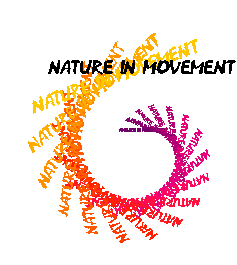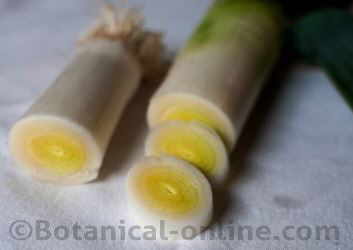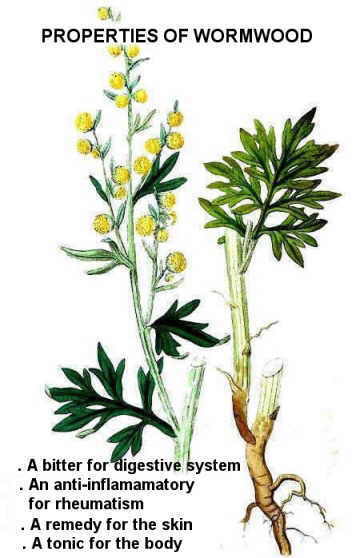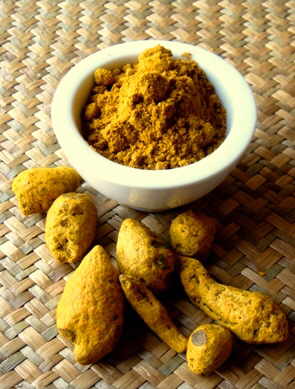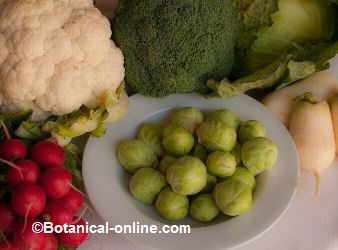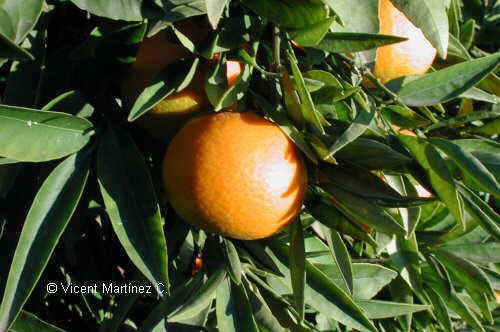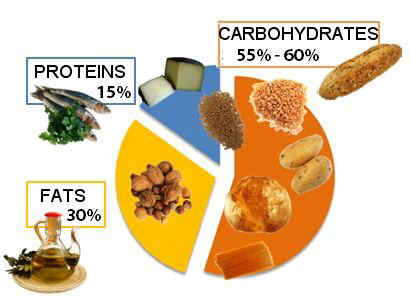Contents
- 1 Calçots nutritional and medicinal benefits
- 1.1 CHARACTERISTICS OF CALÇOTS
- 1.2 What are calçots?
- 1.3 How are calçots consumed?
- 1.4 What does calçot mean?
- 1.5 What components do calçots have?
- 1.6 Benefits of eating calçots
- 1.7 Calçots and their excellent diuretic properties
- 1.8 Recipes with calçots
- 1.9 When is the calçot season?
- 1.10 How to buy calçots
- 1.11 How to grow calçots?
- 1.12 Calçot contraindications: Is it dangerous to eat many calçots?
- 1.13 Nutritional composition of calçot
Calçots nutritional and medicinal benefits
CHARACTERISTICS OF CALÇOTS
What are calçots?
A calçot (Allium cepa L.) is a type of scallion (tender onion or green onion ), elongated, white and sweet tasting, which is typically consumed in the region of Catalonia. It is an onion that has been harvested in its second year of growth.
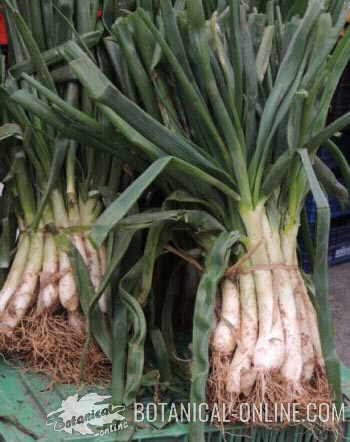
How are calçots consumed?
Calçots are cooked slowly on the grill and wrapped in newspaper so they do not cool until they are eaten.
Then, the cooked calçots are served on the table with a homemade tomato sauce and nuts, called romesco sauce. This meal is accompanied by bread with tomato, a salad and meat to share.
The way to eat calçot is very peculiar. Diners grab the calçots on the leaves and, with their fingers, remove the outer and toasted skin of the calçot, which is discarded. Then the onion cooked is wet in romesco sauce.
The calçots dipped in romesco sauce are eaten with the hands, introducing the onion directly in the mouth. The green leaves are not consumed.
This typical dish is called calçotada and it is usually a reason for meeting and celebration among the Catalans. As it is easy to get dirty, in all calçotada there are usually bibs, aprons or napkins to protect the clothes.
What does calçot mean?
The word calçot is Catalan and derives from the earthing up cultivation technique, which is called “calzar”, in catalan., a method that is used to produce this onion. The earthing up technique consists in burying or covering the onion with earth, so that it grows elongated.
What components do calçots have?
Like its relatives onion and garlic, calçot is rich in sulfur compounds, which give it its antibacterial, circulatory and diuretic properties.
Another component that stands out of these vegetables is its high content of quercetin, because onions are the food of the diet that provides more of this powerful antioxidant, antiseptic and anti-inflammatory.
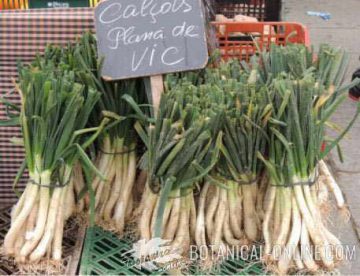
Benefits of eating calçots
Traditionally, Chinese Medicine attributes to the plants of the Liliaceae family (garlic, onion, leek, …) expectorant and disinfectant properties. They are therefore very suitable foods as natural antibiotics and in the treatment of respiratory or intestinal infections.
Eating calçots helps expectorate the lungs and improve bowel conditions, avoiding abnormalities such as intestinal putrefaction and constipation.
It has been proven that a diet based on the ingestion of abundance of vegetables, such as calçotada, helps to reduce the risk of colon cancer and triglycerides and cholesterol levels, helping to keep the arteries in better condition and prevent heart disease.
It is worth mentioning that this beneficial effect is lost if the abundant red meats and sausages are consumed, because these foods are an important source of carcinogenic nitrosamines. It is preferable to reduce the consumption of red meat and accompany white meat and fresh vegetables, such as salads and fruits.
In addition to the nutritional value of calçots, calçotades also have a component of sociability and Catalan culinary culture.
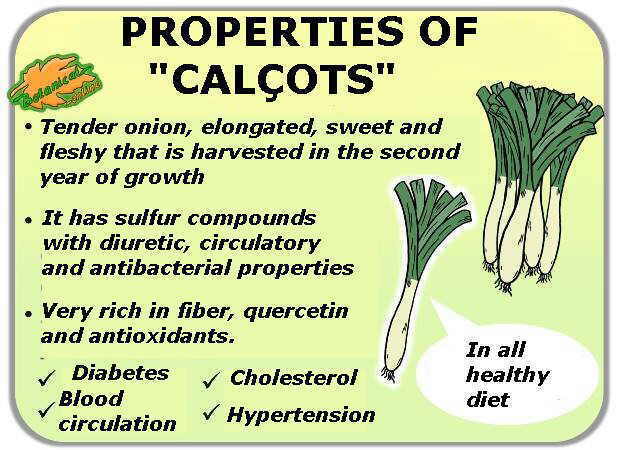
Summary sheet with the main medicinal properties of “calçots”, a type of onions that are consumed in Catalonia in the traditional “calçotades”
Calçots and their excellent diuretic properties
Another of the most outstanding properties of the calçots are their diuretic properties, to favor the elimination of liquids. Its sulfur content gives it this characteristic of diuretic food to increase the elimination of metabolic waste.
This property is widely used to help increase urine and elimination of substances in case of obesity, and fluid retention due to rheumatism, arthritis or gout.
An abundant urination will also help during the treatment of urinary diseases and for the prevention kidney stones. It is also recommended for consumption in liver cleansing, depurative, slimming diets, etc.
Due to its high potassium content, calçots balance excess salt in the diet and facilitate its elimination. This food is recommended for people with hypertension.
Recipes with calçots
The calçots are traditionally cooked on the grill, roasted slowly, as they are very sweet. They are first cooked on the one hand, and then turned to be cooked uniformly.
You can also bake or prepare the calçots in the oven, which can be said to be somewhat healthier than grilled because the temperature is better controlled and fewer “burned” compounds are formed, such as PAHs.
Other preparations that are prepared with calçots are tortillas. They are not suitable for vegetable creams since they are quite fibrous and make threads.
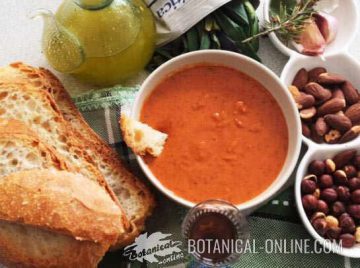
When is the calçot season?
Calçot season is from mid-November to mid-March or April.
Typically, the calçotades are made in January and February, which is the season of maximum abundance of this vegetable.
The availability of calçot may depend on the climatic conditions of each year and, of course, the demand.
How to buy calçots
It is recommended to order the calçots well in advance to a farmer or a trusted store. There are varieties of protected calçots with denomination of origin such as the “Blanca Tardana de Lleida”.
How to grow calçots?
The calçot plant is an onion in its second year of growth. Farmers can grow it from the seed, although , more usually, they acquire the bulb of calçot onions from specialized nurseries.
The calçots are planted in the orchard and they are earthed up, a technique that gives its name to the Catalan name. This crop has special importance in Catalonia (Spain).
Calçot contraindications: Is it dangerous to eat many calçots?
An exaggerated consumption of calçots usually does not have more complication than the possible gases or flatulence caused by the excessive consumption of fiber.
However, it can have detrimental effects in people taking anticoagulant medications (such as Sintrom), since the sulfur compounds of the onion potentiate the effect of anticoagulants, multiplying the risk of hemorrhage.
It is advisable that people who take anticoagulants do not abuse too much the consumption of onions, although the possible risk is in excessive consumption, but they can be eaten normally.
Nutritional composition of calçot
| Nutritional composition of calçotper 100g. | |
| Water | 89 |
| Calories | 38 |
| Fat | 0,2 |
| Protein | 8,6 |
| Carbohydrates | 1,16 |
| Fiber | 1,8 |
| Potassium (mg.) | 157 |
| Sulfur (mg.) | 70 |
| Phosphorus (mg.) | 33 |
| Calcium (mg.) | 20 |
| Magnesium (mg.) | 10 |
| Iron (mg.) | 0,22 |
| Vitamin C (mg.) | 6,4 |
| Vitamin E (mg.) | 0,26 |
| Vitamin B6 (mg.) | 0,116 |
| Folic acid (mcg.) | 19 |
* Caption: ![]() = This indicates high content in this nutrient ;
= This indicates high content in this nutrient ; ![]() = This indicates low content in this nutrient
= This indicates low content in this nutrient
![]() More information on leeks.
More information on leeks.

